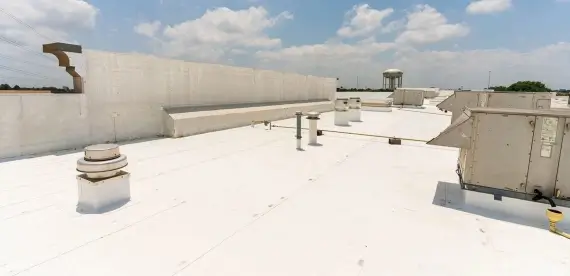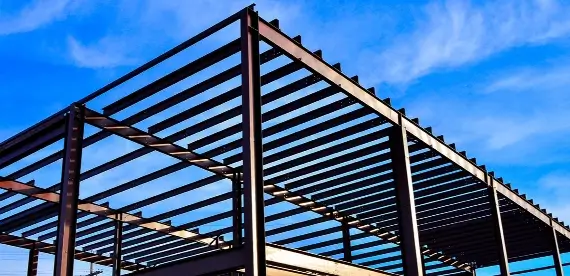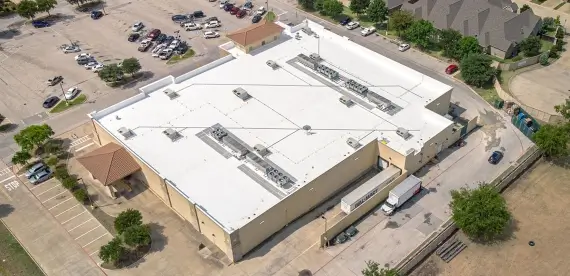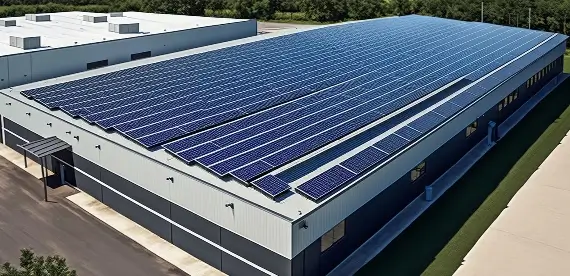How To Know
If Your Roof Is Ready For Solar?
Have you considered installing solar on your facility? Before you make the leap into renewable energy, it’s essential to assess whether your facility is suitable for a solar installation.
How To Know If Your Roof Is Ready For Solar?
Have you considered installing solar on your facility? Before you make the leap into renewable energy, it’s essential to assess whether your facility is suitable for a solar installation.
Solar panels are a significant investment that can yield substantial savings on your energy bills and reduce your carbon footprint. However, an inadequate or poorly maintained roof can lead to complications and added costs. In this guide, we’ll help you determine if your roof is ready for solar and what steps you can take to prepare it for a successful solar panel installation.
Roof Age & Condition
The first thing to consider with solar installations is the age and condition of your roof. Solar panels are designed to last for decades, typically 25 to 30 years or more, whereas the average lifespan of a commercial roof system is only twelve to fifteen years. It is imperative that the existing roof system was installed properly, and that annual routine maintenance has been performed. Solar panel installations may require making penetrations in the roof, and any pre-existing issues can lead to leaks and further damage, so it’s imperative that repairs are performed beforehand.


Roof Structural Integrity
Solar panels are heavy, and the integrity of your roof’s structure is crucial for a successful solar installation. Before investing in solar, hire a structural engineer or a solar professional to assess your roof’s load-bearing capacity. The assessment will ensure that your roof can handle the added weight of the solar panels without any safety concerns.
Roof Material
Most roofing materials can accommodate the installation of solar panels, but some are more suitable than others. Metal, single-ply, and liquid-applied roof systems are more commonly used with solar installations. White reflective roof systems and coatings have two distinctive advantages over other systems. First, these systems are highly reflective and can help maximize the capabilities of your solar installation and second, white reflective roofs also reflect heat, which helps keep your building cooler and reduces the amount of energy needed to cool it!


Roof Orientation & Sunlight Exposure
In North America, the sun passes from East to West across the southern half of the sky, so your solar panels should be oriented to the south as well, as it receives the most sunlight throughout the day. This isn’t much of an issue with most flat commercial roofs, as the panels can be installed to face in any direction. Additionally, be sure to check for any shading caused by trees, buildings, or other obstructions. Limited sunlight exposure can diminish the efficiency of your solar panels.
Going solar is a fantastic way to reduce your environmental impact and save on energy costs in the long run. To determine if your roof is ready for solar, consider its age, condition, orientation, and structural integrity. Address any necessary roof repairs or upgrades before proceeding with the solar panel installation. By ensuring your roof is ready for solar, you’ll be one step closer to enjoying the benefits of clean and renewable energy for years to come.
